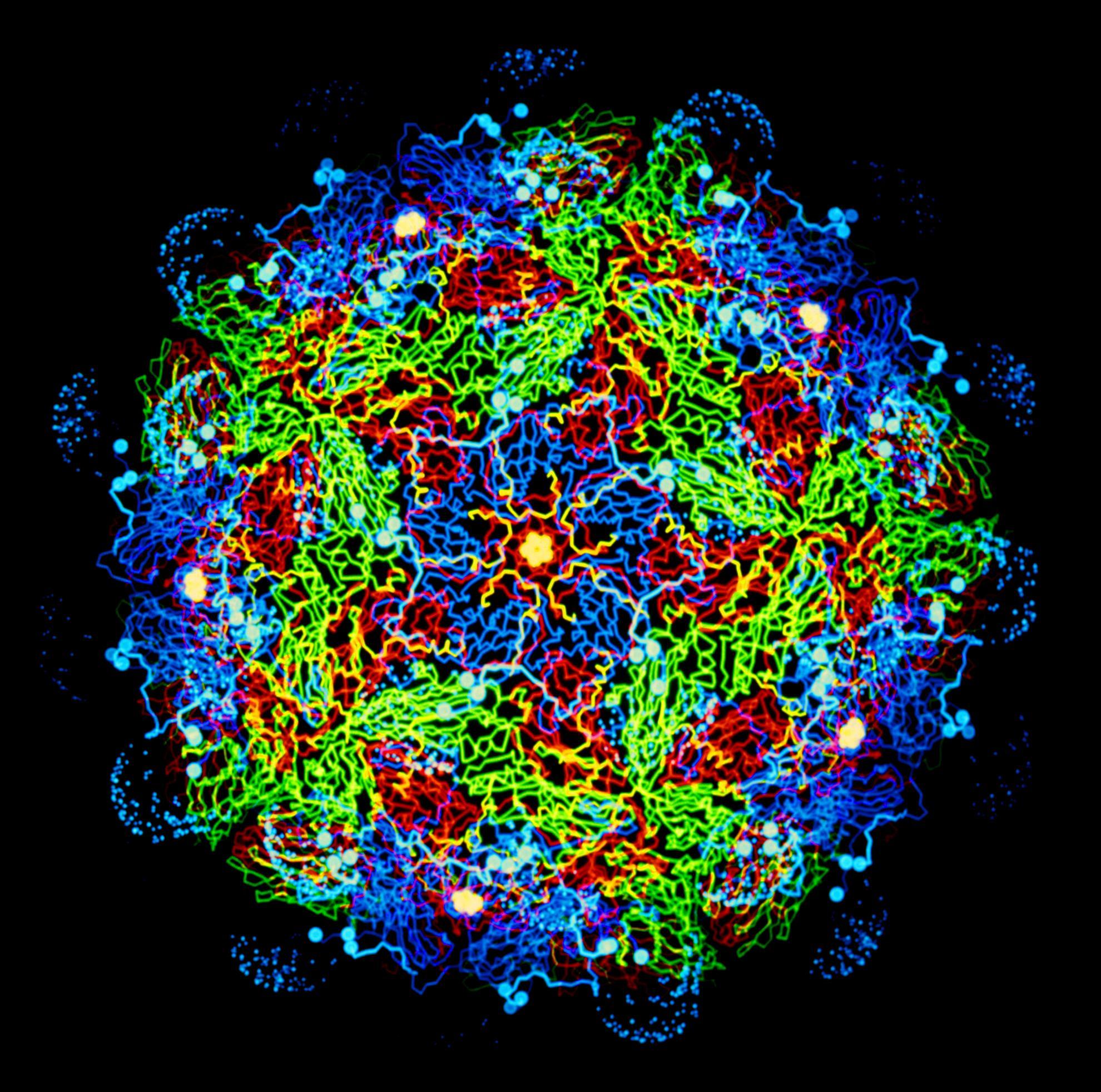Emergence dynamics of adult Culicoides biting midges at two farms in south-east England
Culicoides biting midges (Diptera: Ceratopogonidae) are biological vectors of livestock arboviruses that cause diseases with significant economic, social and welfare impacts. Within temperate regions, livestock movement during arbovirus outbreaks can be facilitated by declaring a 'seasonal vector-free period' (SVFP) during winter when adult Culicoides are not active. In this study we carry out long-term monitoring of Culicoides adult emergence from larval development habitats at two farms in the UK to validate current definitions of the SVFP and to provide novel bionomic data for known vector species.
METHODS: Standard emergence traps were used to collect emerging adult Culicoides from dung heaps at two cattle farms in the south-east of England from June to November 2016 and March 2017 to May 2018. Culicoides were morphologically identified to species or complex level and count data were analysed using a simple population dynamic model for pre-adult Culicoides that included meteorological components.
RESULTS: More than 96,000 Culicoides were identified from 267 emergence trapping events across 2 years, revealing clear evidence of bivoltinism from peaks of male populations of Culicoides obsoletus emerging from dung heaps. This pattern was also reflected in the emergence of adult female Obsoletus complex populations, which dominated the collections (64.4% of total catch) and emerged throughout the adult active period. Adult male C. obsoletus were observed emerging earlier than females (protandry) and emergence of both sexes occurred throughout the year. Culicoides chiopterus and Culicoides scoticus were also identified in spring emergence collections, providing the first evidence for the overwintering of larvae in dung heaps for these species.
CONCLUSIONS: This study demonstrates continual and highly variable rates of emergence of Culicoides throughout the year. A lack of evidence for mass emergence in spring along with the ability to observe male generations highlights the need for complementary surveillance techniques in addition to light-trap data when investigating seasonality and phenology. Evidence was found of other vector species, C. chiopterus and C. scoticus, utilising cattle dung heaps as an overwintering habitat, further highlighting the importance of these habitats on farms.

